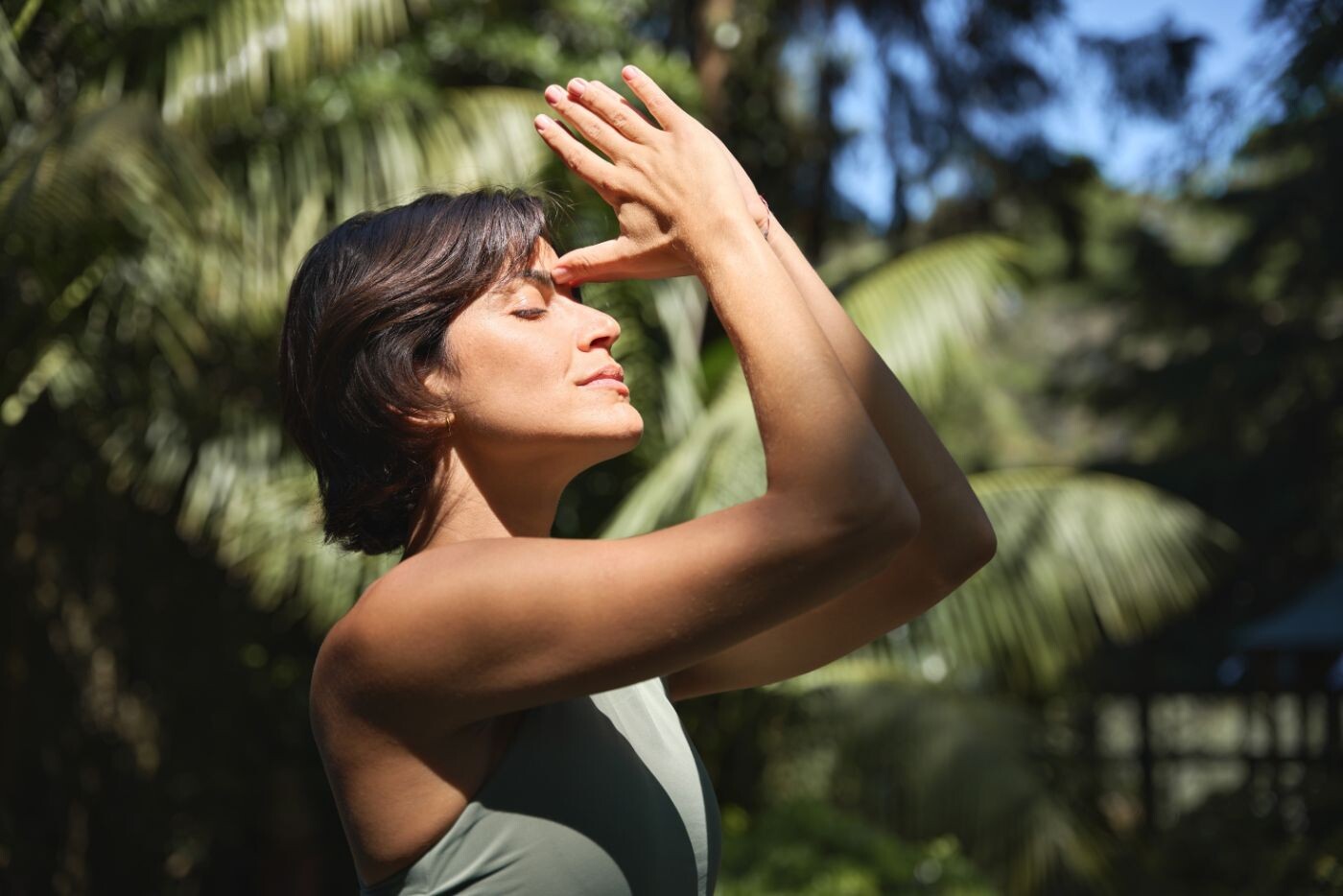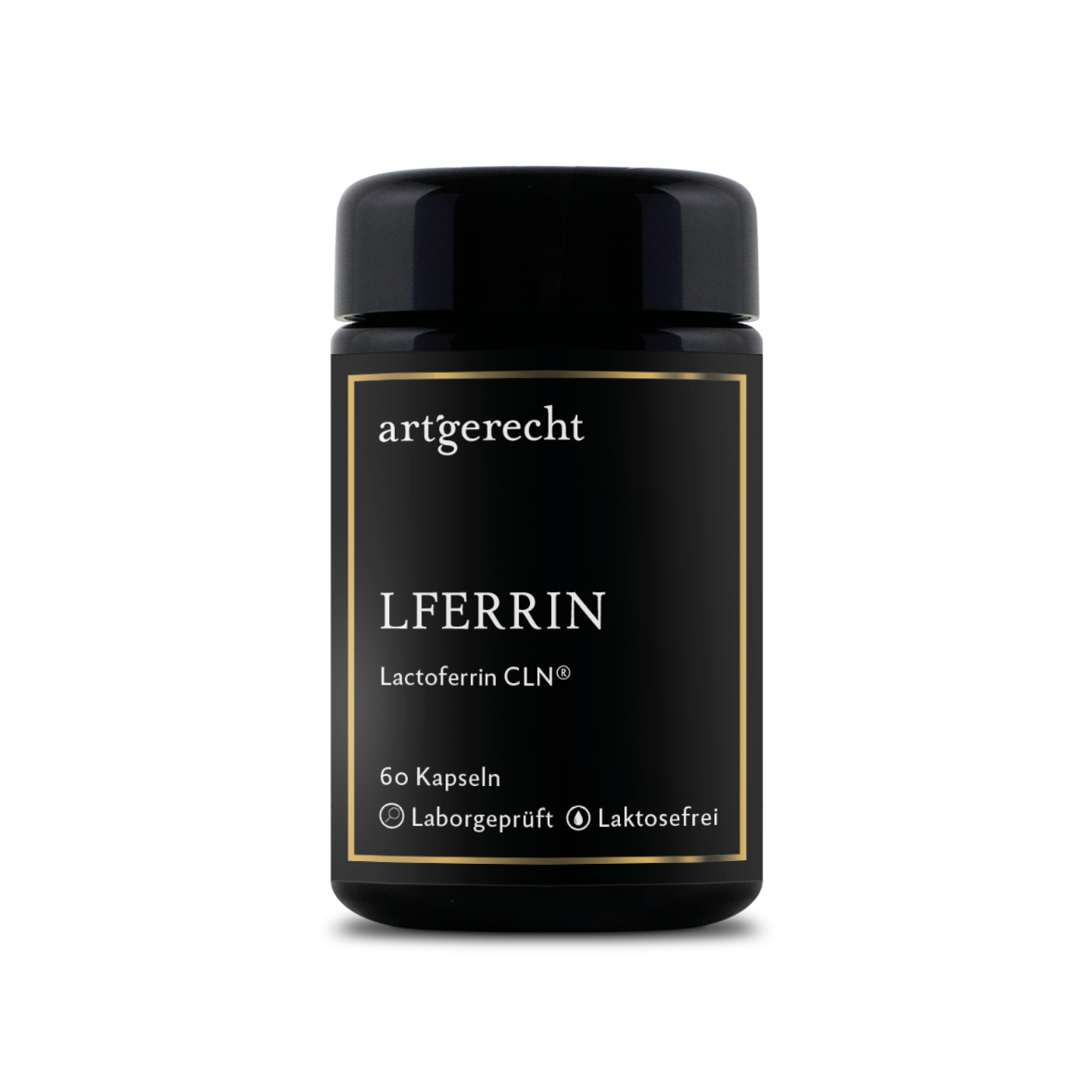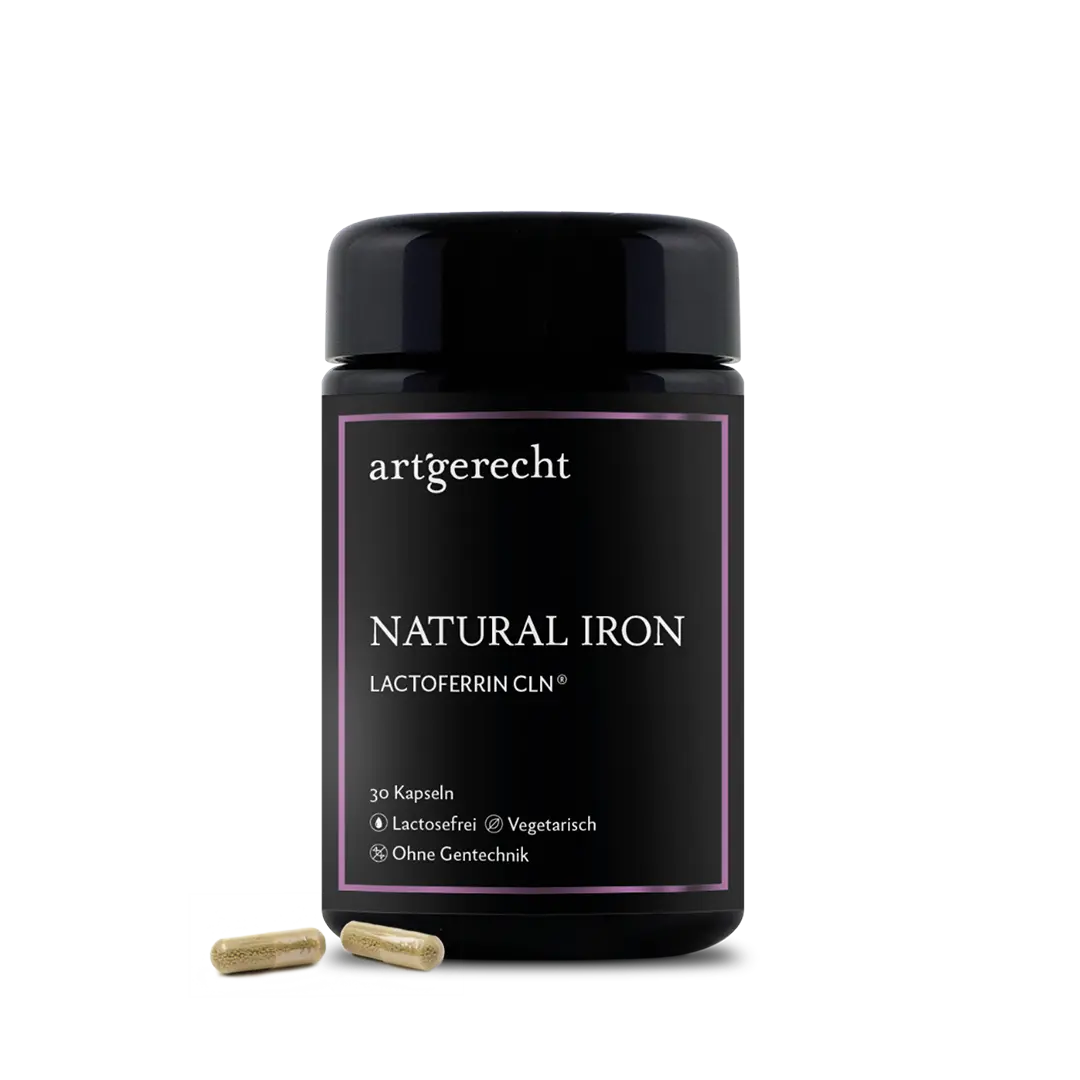

Petechiae - diagnosis & natural treatment approaches
Petechiae are small, punctiform skin haemorrhages that can have various causes. Find out more about symptoms, diagnosis and natural treatment options with nutrients such as vitamin C and lactoferrin.
Interested in regular tips & information about health? Interested in regular tips & information about health?Wissenswertes über "Petechiae"
Petechiae are small, punctiform, reddish to purple skin haemorrhages caused by blood leaking from the capillaries into the skin or mucous membranes.
Petechiae are usually harmless, but can also be an indication of underlying health problems. Unlike other skin lesions, petechiae do not disappear when pressure is applied to the skin, as they are actual bleeding.
The causes of petechiae are varied. They are often caused by mechanical pressure, for example due to severe coughing, vomiting or intensive training, which leads to small capillary damage. In other cases, they can be due to coagulation disorders, thrombocyte deficiency (thrombocytopenia) or vascular inflammation (vasculitis). Infections such as Epstein-Barr virus (EBV), meningococcal septicaemia or endocarditis can also cause petechiae. Nutrient deficiencies, in particular vitamin C deficiency (scurvy), vitamin K deficiency or iron deficiency, which affects blood clotting, also play a role.
The diagnosis of petechiae is based on the patient's medical history, a physical examination and, if necessary, blood tests to check the platelet count, coagulation factors and inflammatory markers. If petechiae occur without any recognisable external cause, are accompanied by fever or occur frequently, a medical examination should be carried out to rule out serious illnesses.
Treatment depends on the cause. In the case of harmless, mechanically induced petechiae, no treatment is necessary as they subside on their own within a few days. If they are caused by nutrient deficiencies, targeted supplementation with vitamin C, vitamin K or iron can help. An iron-rich diet with foods such as green leafy vegetables, pulses and nuts can also have a supportive effect. Lactoferrin is increasingly being researched as it can improve iron absorption and regulate inflammatory processes in addition to its immunomodulating effect.Antioxidants such as vitamin E and polyphenols strengthen the blood vessel walls and can help prevent capillary damage. Omega-3 fatty acids have an anti-inflammatory effect and can have a positive effect on blood circulation. In cases where petechiae are due to an infection or serious illness, targeted medical therapy is required to treat the underlying cause.Petechiae are usually harmless, but should be checked out by a doctor if they occur repeatedly or in combination with other symptoms. A healthy diet, adequate nutrition and stable immune function can help to support vascular health and reduce the risk of petechiae.Verwandte Produkte
For your universal protection
As one of the most valuable proteins in the body, lactoferrin is a natural component of the immune system.For your iron balance
Specially formulated for your iron balance with plant-based curry leaf iron, Lactoferrin CLN®, and natural Vitamin C from rose hips.Die neusten Einträge
3 Posts in this encyclopedia categoryMetabolic Syndrome
Premenstrual Syndrome (PMS)
Dehydration
Die meistgelesenen Einträge
3 Posts in this encyclopedia categoryLactoferrin CLN®
Cologne list
L-carnitine
Verwandte Suchbegriffe: Petechiae + petechiae causes


